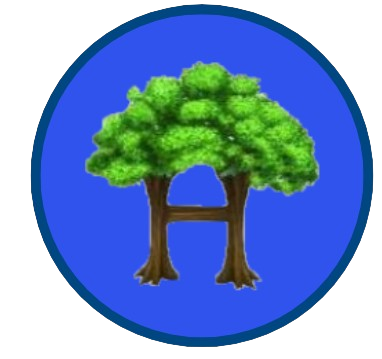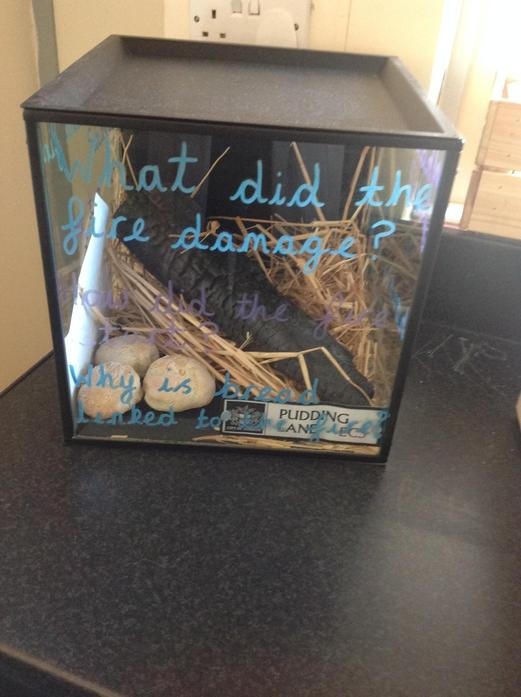History
The intent for our History curriculum is based on the content and aims from the National curriculum, along with the values and ethos of our Curriculum at Healdswood . At Healdswood, we realise that to understand the present we must understand the past .
‘Pupils need to know that events in the past are connected to related events at the time and have a legacy, often lasting until today. This means thinking about the history curriculum planning as less of a stage set on which certain things happened and more of a chapter in the story which involves us all, up until today.’
Mary Myatt
We believe that a quality history education will help pupils gain a coherent knowledge of Britain’s past and that of the wider world as well as identify key points that are relevant to the development of their own culture and identity. History helps pupils to understand the complexity of people’s lives, the process of change, the diversity of societies and relationships between different groups, as well as their own identity and the challenges of their time. They should also leave our school with a learned chronology of events from British history and the wider world.
Our history curriculum is taught with our ethos in mind; inspire wonder and curiosity. Therefore, a ‘Curiosity Cube’ initiates a learning Journey in history to promote and develop historical enquiry. At the end of the learning journey, pupils produce an outcome to demonstrate their learning. This approach promote the pupils' communication, resilience and opportunity for teachers to assess the acquisition of knowledge.
The coherent and chronological knowledge of the history of Britain and the wider world is taught through the framework of three vertical concepts. These vertical concepts provide a lens through which to study and contextualise history, as well as a gradual understanding of complex, more abstract themes which prepare children for their next stage of their education.
- ‘Quest for knowledge’ - How do people understand the world around them? What is believed; what is known; and what scientific and technological advances are made at the time?
- ‘Power and democracy’ - Who holds power, and what does this mean for individuals in society? How are people’s rights different?
- ‘Community and Family’ – How are family or community different at different times and in different places?
Vertical concepts are revisited throughout our history curriculum, providing a consistent context that allows pupils to situate new knowledge in their wider historical understanding and allowing them better understand the world in which they live. The sequence of learning is cumulative ensuring that our pupils’ learning links to prior knowledge. For example, in Year 1, pupils explore change through time in a familiar context. their own pasts and those of their families through toys. Links are made with our science curriculum by comparing and contrasting materials used for toys, ‘Then and Now’.
At Healdswood our ambition is for all of our pupils to access the full History Curriculum. These children are supported in lessons to provide them with full accessibility to the knowledge-rich History Curriculum.
Subject Leader: Mrs. G Green


